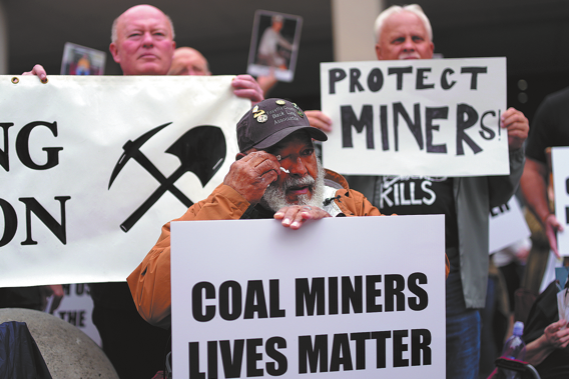EU can help China develop a more effective emissions trading system

President Xi Jinping's commitment to an emissions trading system for China is the work the Chinese government is doing to develop an effective national emissions trading system, and is important for the climate and economy, which is in line with an open, clean, green Belt and Road Initiative as has been discussed in Beijing in April.
Climate action is an imperative for the globe. We need to do our utmostt in implementing the Paris Agreement, and work together to share our experience and motivate others.
Shanghai is a pioneer of emissions trading as one of the seven pilot emissions trading systems, and is outstanding in terms of developing innovative trading products and carbon finance innovations for the Chinese market. Shanghai has shown the vision and has provided a powerful example for others in China. The Shanghai Environment and Energy Exchange will continue to play a key role into the future as the platform where allowances are traded.
A successful and effective Chinese emissions trading system will contribute to achieving China's targets in a cost-efficient way, and in turn will send a very important and strong signal to the rest of the world on how to cut greenhouse gas emissions.
Climate change is a threat to our economies and people. We need to act now, and smart approaches such as the emissions trading are essential and promising. In other words, they offer solutions without overburdening the economy. ETS is market-based and gives companies flexibility in complying with the law while ensuring that pollution is cut.
The Chinese emissions trading system is starting with the power sector, a sector able to make good use of ETS for emissions reductions. It will be the biggest emissions trading system in the World. The Chinese system will be developed and improved over time. Experience suggests some teething problems are likely, but they are normal and will be overcome.
Meanwhile, China's Ministry of Ecology and Environment has been taking the right steps in launching the Chinese ETS.including additional sectors as set out by the Chinese government, which will make the ETS more efficient and make it easier for China to meet its Paris commitments.
The EU has been down this path and we have a well functioning, multi-sector emission trading system at the core of our climate policy. It is not easy to set up a new system as China is doing, but it is the right thing to do and will pay off in the years to come.
The European Emission Trading System considerably contributed to what we have achieved as of today: the EU de-coupled economic growth and emissions. And since 1990, while EU's GDP grew by 58 percent, but greenhouse gas emissions fell by 22 percent. At the same time, the GDP greenhouse gas intensity was halved: it is now 50 percent below the 1990 level.
Emissions trading in Europe has significantly contributed to this result and will continue to do so. Compared to 2005 emissions, when the EU ETS started, sectors in the European emissions trading system will have reduce their emissions by 43 percent in 2030 and thus contribute effectively to the EU's overall emissions reduction target of 40 percent compared to 1990 by 2030.
The Chinese emissions trading system will also deliver its contribution when it comes to further developing the Chinese economy and making it fit for a long term strategy for a low carbon economy.
For all these reasons, the EU supports China in its efforts to establish a nation-wide system and offer our experience of more than 14 years with the EU emissions trading system. We are sharing experience of what the EU did well and what it could have done better, so that a trading system that fits China's situation can be developed faster and better.
For now, the EU and China are stepping up cooperation on emissions trading, as laid down in the Memorandum of Understanding signed at the China-EU summit in July last year by Vice President Katainen and Minister Li Ganjie, and a long and fruitful cooperation with China is expected.
Both sides are joining hands in stepping up action to reduce greenhouse gas emissions from the largest emitters efficiently and will help bring about a global transition to a safer, cleaner, greener, net zero emissions future .
The author is the Vice President of the European Commission. This article is compiled by his speech during his visit to?Shanghai Environment and Energy Exchange.
































